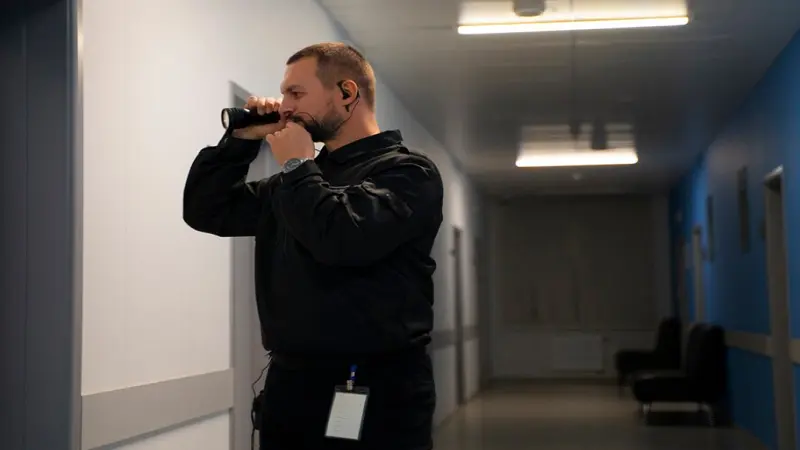What Is the Kankakee Mugshots Zone?
The Kankakee Mugshots Zone refers to the digital and physical space where mugshots of individuals arrested in Kankakee County are shared. These images often accompany information about the alleged crimes, making them accessible to the public through various platforms, including local news websites, social media, and dedicated mugshot websites. The rise of online mugshot databases has transformed how communities engage with crime, providing immediate access to information but also raising ethical questions.
Understanding Mugshots and Their Purpose
Mugshots serve as a photographic record of individuals at the time of their arrest. They typically include the person’s name, the charges they face, and sometimes additional details such as booking dates and bail amounts. While these images serve a law enforcement purpose—helping to identify suspects and documenting criminal activity—they also carry significant social implications.
The Role of Mugshots in Law Enforcement
For law enforcement agencies, mugshots are essential tools for tracking crime trends, identifying repeat offenders, and deterring criminal behavior. They help maintain transparency within the justice system by informing the public about arrests and ongoing criminal activities. However, the easy accessibility of mugshots online has led to debates about privacy and the potential for misuse.
Ethical Considerations
The widespread sharing of mugshots has raised ethical concerns. Critics argue that these images can perpetuate stigma and harm individuals who may not have been convicted or who are innocent until proven guilty. Moreover, once a mugshot is posted online, it can remain accessible indefinitely, affecting a person’s reputation and employment opportunities long after their legal troubles are resolved.
Crime Trends in Kankakee
To better understand the Kankakee Mugshots Zone, it’s important to look at the types of crimes most frequently reported in the area. While crime rates can fluctuate, certain patterns have emerged over the years.
Common Crimes in Kankakee County
- Drug-Related Offenses: Like many regions across the United States, Kankakee has seen a rise in drug-related arrests, particularly involving opioids and other controlled substances.
- Theft and Burglary: Property crimes, including theft and burglary, have consistently been reported. Many of these crimes are often linked to economic factors, with individuals resorting to theft to meet their needs.
- Violent Crimes: While Kankakee has its share of violent crimes, such as assault and domestic violence, community initiatives aimed at prevention have seen some success.
- Traffic Offenses: Many mugshots also stem from DUI and other traffic-related offenses, highlighting the importance of road safety campaigns in the area.
The Community’s Response to Crime
The Kankakee community’s response to crime has evolved, with local organizations and residents taking proactive steps to address safety concerns. Here are some of the initiatives and strategies in place:
Community Policing
Kankakee has embraced community policing, which fosters collaboration between law enforcement and community members. This approach not only enhances trust but also empowers residents to be active participants in crime prevention efforts.
Educational Programs
Local schools and community organizations have introduced programs aimed at educating youth about the dangers of drug abuse and crime. These initiatives help to raise awareness and deter young people from engaging in illegal activities.
Neighborhood Watch
Neighborhood watch groups have gained traction, allowing residents to work together to keep an eye on their neighborhoods. This grassroots approach helps deter crime while fostering a sense of community and shared responsibility.
The Impact of Social Media
Social media has transformed how information about crime is shared and consumed. The Kankakee Mugshots Zone exemplifies this change, with residents using platforms like Facebook, Twitter, and Instagram to discuss local crime incidents.
Pros and Cons of Social Media in Crime Reporting
- Pros:
- Immediate Information: Social media provides real-time updates about arrests and criminal activity, keeping the community informed.
- Community Engagement: Platforms encourage dialogue and cooperation between residents and law enforcement.
- Cons:
- Misinformation: The rapid spread of information can lead to inaccuracies and rumors, causing unnecessary panic.
- Stigmatization: Public sharing of mugshots can lead to bullying and ostracism for individuals who may have already faced legal consequences.
Local Resources for Support
For those affected by crime—either as victims or individuals struggling with legal issues—Kankakee offers various resources:
Legal Aid Services
Organizations like Prairie State Legal Services assist low-income individuals facing legal challenges, including those arising from criminal charges.
Support Groups
Victim support groups offer counseling and resources for individuals affected by crime, helping them navigate their emotional and legal struggles.
Community Centers
Local community centers provide rehabilitation and crime prevention programs, offering support for those looking to turn their lives around.
Conclusion
The Kankakee Mugshots Zone reflects a complex interplay between crime, community response, and the role of technology in modern society. While mugshots serve important law enforcement functions, their impact on individuals and communities raises significant ethical questions.
As Kankakee continues to confront the challenges posed by crime, the proactive steps taken by residents and local organizations demonstrate a commitment to building a safer and more supportive community. Through education, engagement, and resource-sharing, the Kankakee community can work towards reducing crime and fostering an environment where everyone can redeem and grow.
As we navigate this evolving landscape, we must remain informed, empathetic, and proactive in our efforts to create a community that prioritizes safety, support, and second chances.




